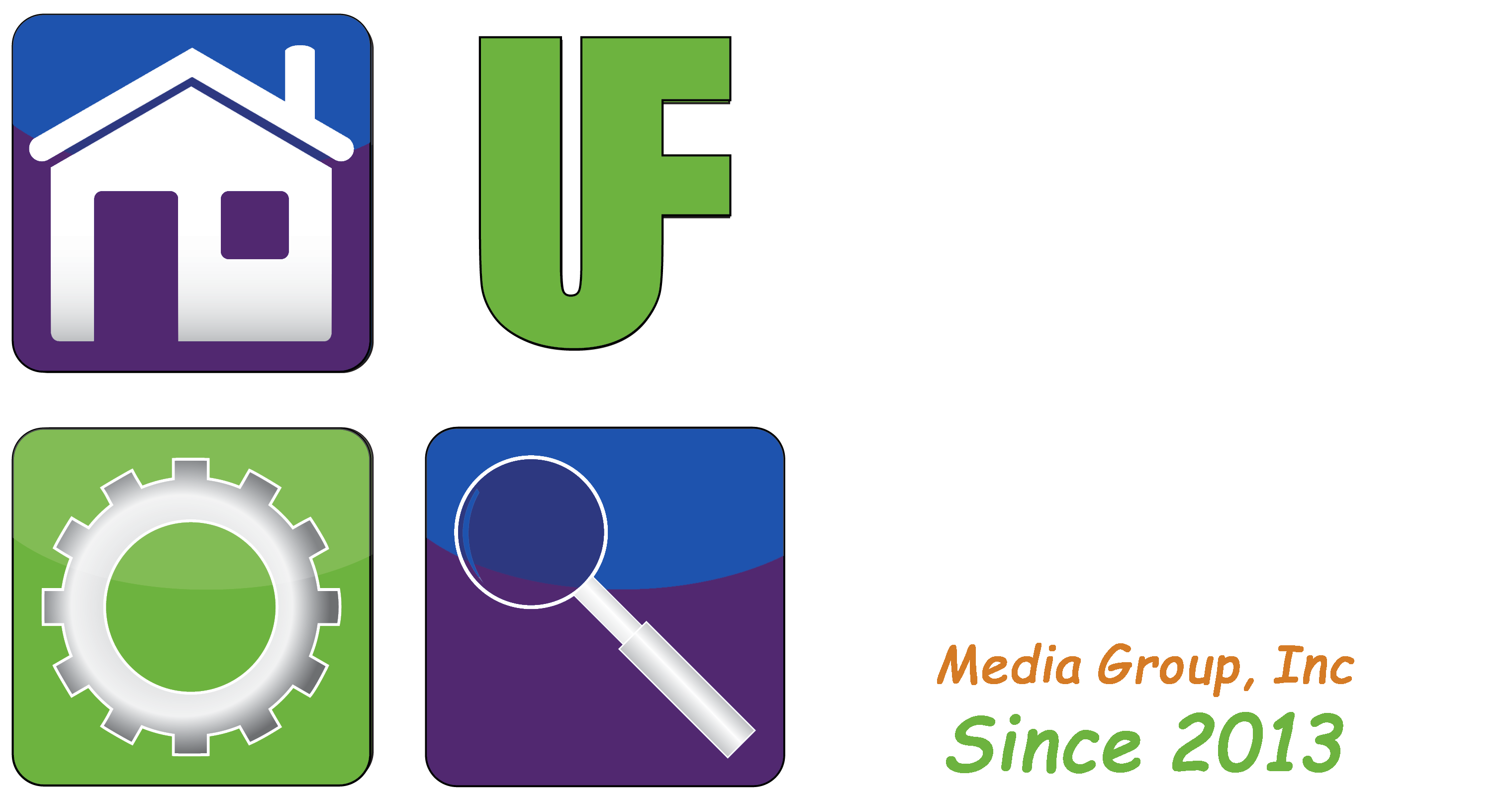By William Sikkens
The last several years have shown a lot of “churn” in the cable television industry. A standard of 73 percent of American households had traditional cable service, but we have seen a drop of almost half of that in the past five years.
Internet subscribers watching media online has grown from 45 percent of the users in 2013 to 70 percent in 2017. We have seen a similar shift away from traditional cable television services.
There are several factors at play that are causing this change in attitude. The biggest is the option of choice and the lack of need for rental equipment for streaming services. In addition, the cost of online television (called “over the top services”) is about a third to half of that of traditional services.
Online television services offer the same type of media we are used to with traditional cable. You can watch the networks you want. Some services include local channels and DVR (digital video recorder) services.
DIG DEEPER
Cable Television is not a new technology. It originated in the United States in 1948 in Arkansas, Oregon, and Pennsylvania to enhance poor reception of over-the-air television signals in remote areas. By 1952 “cable” systems served 14,000 subscribers nationwide.
Fast forward to today and we have seen many changes to the technology, law, and distribution networks that make cable television work. With the Internet we are now seeing a fundamental change to the way cable television channels are received.
Some of the complaints of traditional cable television are hidden fees from the providers and the need for proprietary specialized equipment. As an example, Frontier Communications charges a $9.99 fee for the privilege of disconnecting their service. In addition, if you use one day of the next month’s period of service, one is required to pay for the entire month. These types of practices are common in the industry.
Beyond these hidden fees are additional costs that are not in the advertising. According to the EIA (U.S. Energy Information Administration) in 2009 the average household had 2.6 televisions. By 2016 this decreased a bit to 2.3 televisions per household due to mobile devices. Let’s consider that as three for the purpose of cost. With traditional television services a subscriber would need to rent a cable box for each television. A cost on top of the advertised rate. If the subscriber wants a digital recorder (DVR) that’s an additional cost. And it goes on from there. In most cases you are required to rent the cable companies equipment as nothing else is compatible. Something that is by design. The average household pays $107 per month for cable or satellite television.
Internet (or “over the top”) television services are available starting at about $45 per month. Depending on the service and the channel lineup is the same as traditional cable and can include local and premium options. Recording (a cloud-based version of the “DVR”) is built into most of these services. You also tend to have more choice on what channels you want. With services like Disney + and Netflix under $20/month you can pick and choose and save money.
The other options that are driving many to Internet streaming services is the lack of hidden fees. You can cancel anytime on most services. They also go with you, which means you can view your recordings on a tablet or phone when traveling and pick up where you left off on any device that is logged into your service.
William (Bill) Sikkens has been an on-air technology expert since 2014. With an expertise in I.T., cyber security and software design he has had more than 20 years’ experience with advanced technology. Sikkens conceptualizes and designs custom applications for many professional industries from health care to banking and has the ability to explain the details in a way all can understand. Article edited by Gretchen Winkler, who along with Jeremy Winkler are the co-hosts of User Friendly 2.0 here on The Answer Saturday’s at 5:00 p.m.


